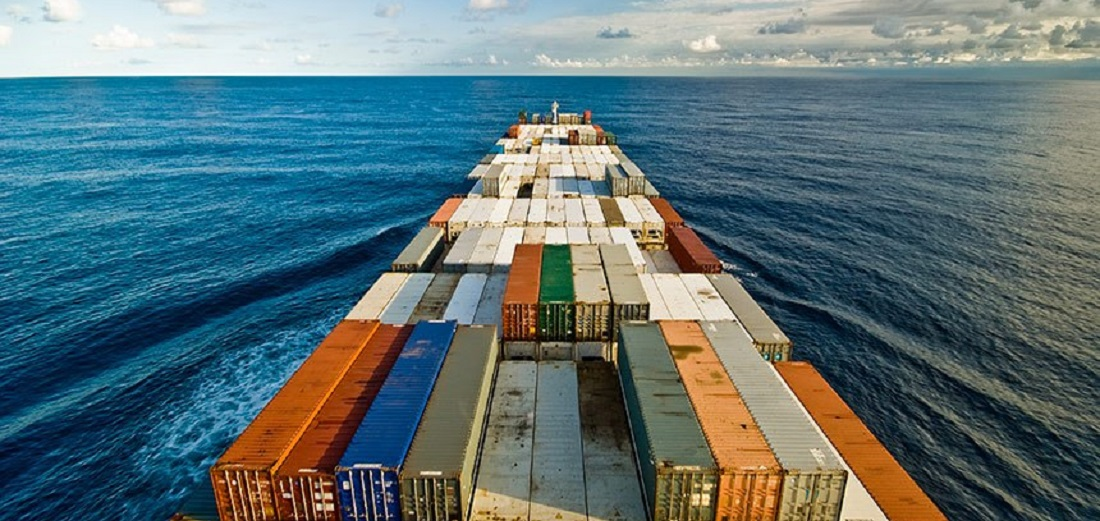
Nearshoring movement brings new opportunities to Brazil in 2024
Mar, 05, 2024 Posted by Gabriel MalheirosWeek 202410
Nearshoring, an industrial strategy involving the relocation of factories and production to other countries, is expected to gain momentum across Latin America in 2024, and Brazil is no exception. The country may capitalize on spaces that didn’t have their needs fully met last year and attract global services to its national territory.
According to Mario Veraldo, CEO of the logistics company MTM Logix, with 93% of electricity generated from clean sources and growing potential in mining minerals for batteries, the is poised to attract investors’ interest. “This greener and more economical energy grid allows Brazil to compete, by far, as an export platform with a low carbon footprint. The country can also transform its vast consumer market into a complementary base for products and raw materials,” says Veraldo.
According to the CEO, another factor that should create noteworthy opportunities for the Brazilian economy is the Chinese demand for construction and consumption goods, sectors in which Brazil is a major supplier of raw materials.
The nearshoring market is expected to grow at a compound annual growth rate (CAGR) of 10.3% from 2021 to 2025, according to a Deloitte study. Additionally, the latest projection from the Inter-American Development Bank (IDB) suggests that Brazil could export an additional US$7.84 billion by riding the wave of this movement.
Challenges
Despite optimistic outlooks, the country will face challenges in 2024, with a possible slowdown in global growth and geopolitical tensions, which could affect the economy, especially the commodities market. “Such unfavorable conditions can also become opportunities if there is a wave of interest rate cuts and global dollar depreciation, which are likely to occur,” says Veraldo. MTM Logix points out that the country also exhibits export potential in areas such as civil aviation, healthcare, information technology, telecommunications, and, especially, lithium mining, the main component of electric car batteries.
Brazil also faces strong competition from economies closer to major consumer markets, and to overcome this fact, it is necessary to take advantage of its political and geographical positioning, as Brazil can serve the rest of Latin America, southern Africa, and northern Europe. Moreover, the expansion of Chinese businesses is expected to occur in countries considered strategic for China, such as South Africa and Brazil, which is an export base for other countries in the region and has the potential to export to the US, as the trade war with China does not allow for direct relations.
The consolidation of nearshoring is expected to produce significant benefits throughout the Latin American region, including economic recovery and a slowdown in inflation, reallocating investments worth $30 billion to $50 billion, which were previously destined for Asia.
Changes
Brazil and Mexico have been actively promoted as nearshoring destinations, especially for companies looking to outsource factory operations. Brazil, for example, is improving its business environment to attract foreign direct investment through measures such as setting up the Investment Ombudsman. However, it still faces some problems that may affect initiatives, such as high inflation; economic instability, as Brazil’s economy is known to be volatile, with fluctuations in exchange rates; and lack of infrastructure, which may bring difficulties for companies to access resources and get the support they need to operate effectively.
Thus, it is necessary to “clean up the house” for more opportunities to arise for Brazil. “Our role as a company is to make the process more efficient and help clients land in markets that will benefit from this new megatrend,” concludes Veraldo.
-
Automotive
Sep, 06, 2023
0
Major automakers demand action against growing Chinese brands in Brazil
-
Economy
Aug, 20, 2024
0
Diversification in Exports: Paraguay Enters Eight New Markets in July
-
Meat
Sep, 16, 2022
0
BRF prepares to ship 2nd batch of turkey meat to Mexico
-
Dec, 24, 2024
0
Market Opening in Chile for Hass Avocado Exports



